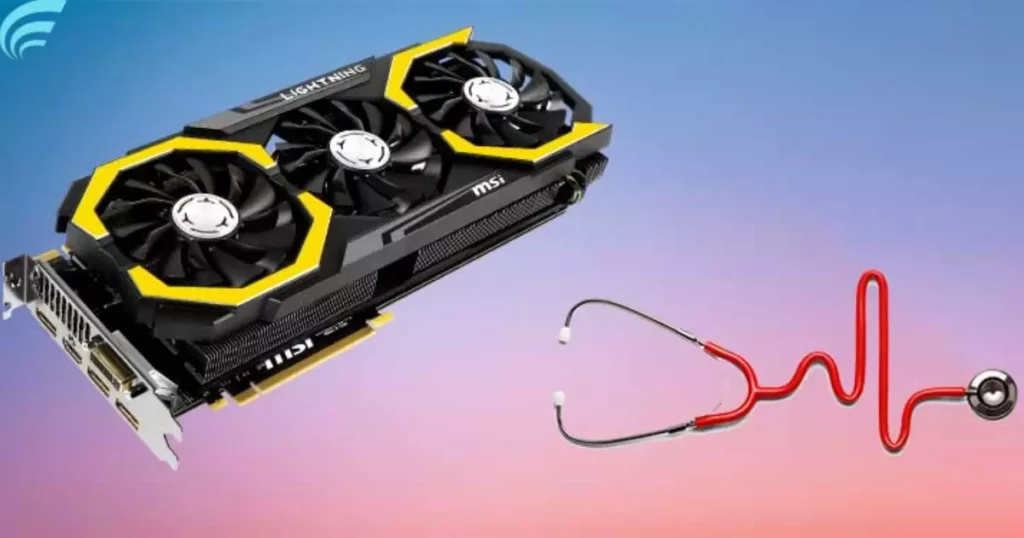Having your GPU at 74°C is generally okay. It’s like a warm day for your graphics card. But if it stays too hot for too long, like on a scorching summer day, it could affect performance or even cause issues. Just make sure to keep an eye on your GPU’s temperature to ensure it stays in the safe zone for smooth and reliable operation.
Ever wondered: Is 74°C bad for GPU? If you’re diving into the world of graphics and gaming, understanding this temperature query is crucial. Let’s explore the impact of GPU temperature and discover simple steps to keep your graphics card running cool and efficient. Don’t miss out on ensuring your GPU stays in the safe zone for optimal performance.
Having your GPU at 74°C is generally acceptable and won’t cause harm. It’s like a mild day for your graphics card. If it consistently reaches higher temperatures, it might affect performance. Keeping it cool ensures your GPU runs smoothly for a reliable and enjoyable computing or gaming experience.
Understanding GPU Temperatures: Is 74°C a Concern?
When it comes to GPU temperatures, hitting 74°C isn’t an immediate red flag. Think of it like a warm day; it’s generally fine, but prolonged exposure may raise concerns. To better understand the impact on your graphics card, let’s explore how 74°C influences GPU performance.
The Impact of 74°C on GPU Performance
At 74°C, your GPU is within a safe operating range. It’s similar to your body temperature increasing during light physical activity. However, consistent exposure to this temperature could potentially affect your GPU’s performance over time. Now, let’s decipher whether 74°C is a safe zone or a red flag for your GPU.
Safe Zone or Red Flag: Decoding 74°C for Your GPU
Is 74°C harmful for GPUs? Not necessarily. Consider it like your GPU’s comfort zone; it can handle this temperature, but it’s crucial to monitor for any signs of strain or stress. To help you gauge the situation better, let’s delve into the optimal operating conditions for your graphics card.
Optimal Operating Conditions: Is 74°C harmful for GPUs?
Maintaining optimal operating conditions is essential for GPU health. At 74°C, your graphics card is functioning well within acceptable parameters. Picture it as keeping your car engine at an ideal temperature for smooth and efficient performance. Now, let’s explore the potential long-term effects of exposing your GPU to 74°C.
Long-Term Effects: Exploring GPU Health at 74°C

While 74°C is generally safe, prolonged exposure can contribute to wear and tear. Imagine it like extended exposure to the sun; it’s okay for a while, but precautions are necessary. To ensure your GPU’s longevity, let’s discuss cooling solutions to keep your graphics card comfortable even at 74°C.
Cooling Solutions: Keeping Your GPU Comfortable at 74°C
Effective cooling is much like understanding what is the GPU core in Mac? is vital for maintaining GPU health at 74°C. Picture it as providing shade on a hot day; it helps your GPU stay comfortable and operate optimally. Now, let’s establish user guidelines to follow when your GPU hits 74°C to ensure its well-being.
User Guidelines: What to Do When Your GPU Hits 74°C
When your GPU hits 74°C, it’s essential to take preventive measures. Consider it like recognizing signs of fatigue in yourself. Rest and proper care are crucial. Let’s now dispel common misconceptions surrounding 74°C, separating fact from fiction to empower you with accurate information.
Common Misconceptions: Separating Fact from Fiction at 74°C
Misconceptions about GPU temperatures often circulate. It’s essential to separate fact from fiction, ensuring you make informed decisions regarding your graphics card. Clarifying these points helps you navigate the temperature concerns surrounding 74°C. While 74°C isn’t inherently harmful, understanding its implications and adopting proper cooling strategies are key to maintaining optimal GPU performance.
FAQs
How does a GPU’s temperature affect its performance at 74°C?
At 74°C, a GPU’s performance is generally unaffected, but sustained exposure may lead to long-term issues.
Can a GPU operate safely at 74°C for extended periods?
While 74°C is within the safe range, extended exposure might contribute to wear and tear over time.
Are cooling solutions necessary when a GPU reaches 74°C?
Effective cooling solutions become crucial to maintaining optimal GPU health at 74°C and preventing potential issues.
What user guidelines should be followed when a GPU hits 74°C?
When your GPU reaches 74°C, consider giving it a break and ensuring proper ventilation for optimal performance.
Are common misconceptions about GPU temperature at 74°C prevalent?
Yes, separating fact from fiction is crucial to understanding the true impact of a GPU operating at 74°C.
Conclusion
In wrapping up the discussion on Is 74°C Bad for GPU? It’s essential to understand that, generally, 74°C is within the safe operating range for your graphics card. Think of it as a warm day, acceptable but not without consideration. While it’s not immediately harmful, sustained exposure to this temperature might lead to performance issues over time.
Implementing effective cooling solutions and following user guidelines when your GPU hits 74°C can ensure optimal performance and prevent potential long-term effects. Remember, like any piece of technology, your GPU performs best when cared for properly. So, while 74°C isn’t a red flag, it’s a signal to pay attention and take measures to keep your graphics card running cool and efficient for a smooth computing experience.











